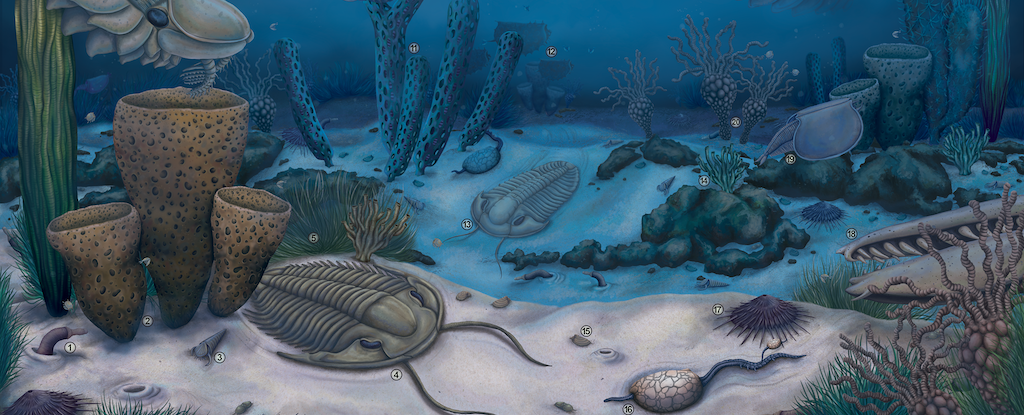
Stunning Grand Canyon Fossils Reveal Evolution's Weird Experiments
A stunning new fossil find from the Grand Canyon fills in some blanks from a time when evolution began experimenting with weird new forms.
About half a billion years ago, life on Earth really started cooking in an event we now call the Cambrian explosion. The fossil record from that time reveals a spike in bizarre, complex creatures appearing within a relatively short amount of time, laying the roots for most of the major animal groups that exist today.
Frustratingly, fossils from later in the Cambrian period are rarer, so we don't have a clear picture of evolution's experimental second album.
But a newly discovered batch of extremely well-preserved fossils could patch up that gap. These are about 505 million years old – 3 million years younger than the Burgess Shale, the layer in which fossils from the Cambrian explosion appear.
A team led by researchers at the University of Cambridge found more than 1,500 small, carbonaceous fossils in samples from the Bright Angel Formation (BAF) of the Grand Canyon, which was once a shallow marine environment. The vast majority of the fossils are priapulid worms, along with a couple hundred crustaceans and a few mollusks.










